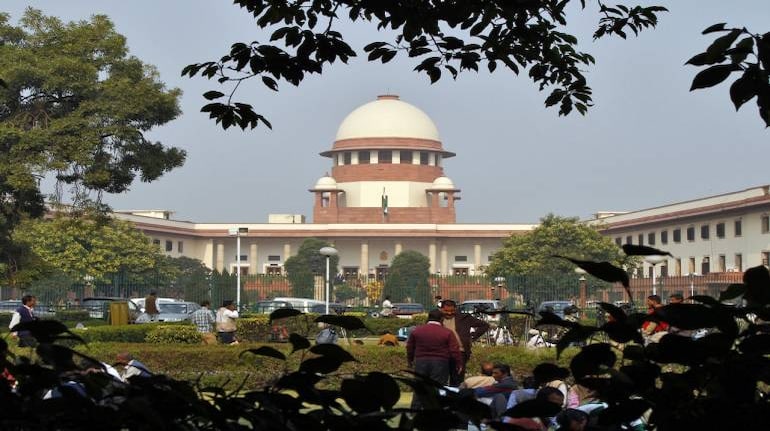



It was on September 3, 2020, the Supreme Court of India put a stop on the NPA (non-performing assets) clock of Indian banks. The SC ruled that banks cannot classify loan accounts as NPAs that were standard (not in default) as on August 31. This ruling came as a blessing to the borrowers. Those loans, which were on the payment schedule till August 31, would not go bad even if there is a default post that date. Once a loan account becomes an NPA, the borrower cannot get a fresh loan easily as his credit worthiness takes a hit. Hence, what the SC said essentially meant that many bad loans will remain good on the books of banks till a final order comes.
That final order is yet to come even after around six months.
So far, banks have been treating bad loan accounts in two different ways since the SC order. With respect to the accounting part, banks treat these bad loans as bad loans and show proforma gross NPAs while announcing their quarterly financial results. But, when it comes to the banks’ relation with the defaulted customer, the loan continues to be treated as standard. What does this mean for the banking sector? Undoubtedly, the usual course of asset classification process has taken a hit. For a transparent banking system, banks need to treat a loan account based on its actual performance and assess the risks accordingly. The SC order was perceived as an interim measure to help borrowers hit by the COVID-19 pandemic. But, even half a year later, the order stays.
Already, both the Reserve Bank of India and the banking industry have raised the problem caused by the SC order. In October, 2020, the RBI, in a fling to the SC, said that a failure to lift the interim stay could undermine the central bank’s regulatory mandate. Around the same time, the Indian banks association (IBA) too raised a similar demand saying the stay has rendered banks helpless to do proper monitoring of the asset quality. Later, in December, 2020, the finance ministry too said it is finding it difficult to make a proper assessment of the recapitalization needs of the PSU banks due to the SC Stay.
If one looks at the reported data by the banks, in many cases there has been notable disconnect between the proforma GNPA numbers and the reported gross NPA numbers of banks since the SC order. This means that if banks were free to go by the rules, actual bad loan figures of the banking system would have been higher than what it is now.
As per the RBI norms, a loan is tagged as NPA if repayments are overdue 90 days. In the absence of the six months moratorium offered by the RBI in the wake of COVID-19, which effectively deferred repayments, a large chunk of the loans would have become NPAs already. Also, there is a possibility that not all accounts opted for the moratorium. Many such accounts would have been in non-repayment. Such potential NPA accounts could also escape the bad loan tag till clarity comes from the SC. As one of the bankers put it, with SC restricting banks from tagging accounts that are standard as on August 31 as NPAs, banks were nOt able to count the 90-day cycle from September 1. This, in other words, would mean the actual NPAs in the banking system will not reflect until the SC lifts the order and lets banks resume the process.

As past experiences have shown, hiding the NPAs from scrutiny creates a bigger mess in the economy leading to an asset quality problem. In that sense, the SC restraining banks from declaring fresh NPAs isn't good for the banking system. Banks were expecting that SC will vacate its stay on NPA asset classification in March. Till now, that hasn’t happened. In the larger interest of the banking system health, the SC should let the NPA clock tick again at the earliest.
(Banking Central is a weekly column that keeps a close watch and connects the dots about the sector's most important events for readers.)
Discover the latest Business News, Sensex, and Nifty updates. Obtain Personal Finance insights, tax queries, and expert opinions on Moneycontrol or download the Moneycontrol App to stay updated!
Find the best of Al News in one place, specially curated for you every weekend.
Stay on top of the latest tech trends and biggest startup news.